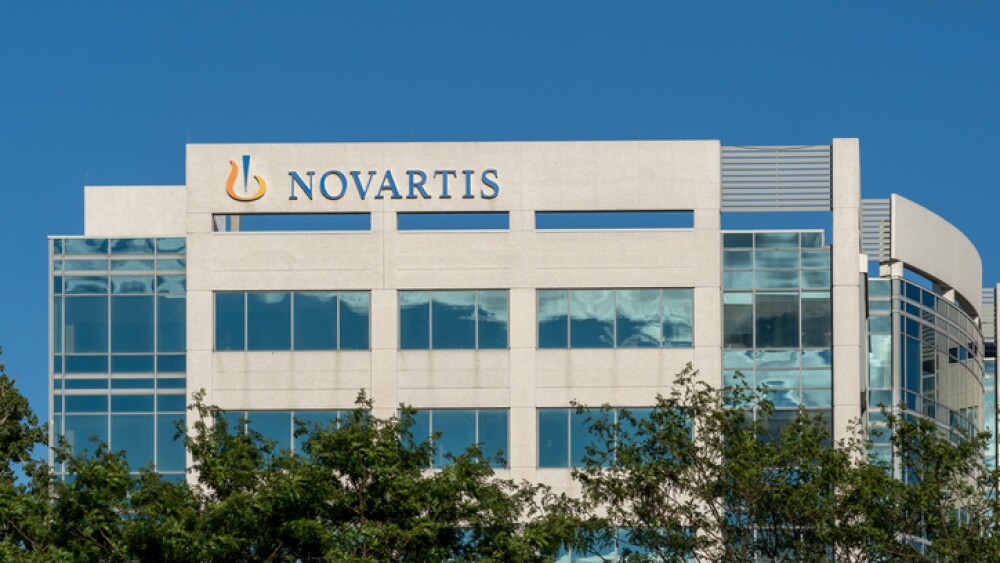Moderna announced the expansion of its mRNA vaccine pipeline with three new development programs.
Maddie Meyer/Getty Images
Moderna announced it is expanding its mRNA vaccine pipeline with three new development programs. The programs will target the Herpes simplex virus (HSV), varicella-zoster virus (VZV) to reduce the rate of herpes zoster (shingles) and a checkpoint cancer vaccine.
With the introduction of HSV and VZV vaccine candidates, Moderna is expanding its roster targeting latent viruses that remain in the body for life after infection and can potentially lead to life-long illnesses. The company already has three other vaccine candidates in development against cytomegalovirus (CMV) - a virus related to those that cause chickenpox and Epstein-Barr virus (EBV), which has recently been implicated in the pathogenesis of multiple sclerosis and human immunodeficiency virus (HIV).
“We are committed to addressing latent viruses with the goal of preventing the lifelong medical conditions that they cause with our mRNA vaccine programs. With our HSV and VZV vaccine candidates, we also hope to improve the quality of life for those with symptomatic disease,” said Moderna CEO Stéphane Bancel.
Latent virus vaccines are important and needed, as many people become infected. Globally, 5% of the population is HSV-2 seropositive, a type of HSV that infects the genitals and causes a significant disease burden. Although the rate of VZV infection has decreased greatly due to vaccination, shingles still occur in one of every three adults in their lifetime and 1–4% of cases require hospitalization.
Moderna is also introducing a checkpoint cancer vaccine with the intention of exploring initial indications for advanced or metastatic cutaneous melanoma and non-small cell lung carcinoma (NSCLC). The vaccine was designed with the goal of stimulating effector T-cells that target and kill suppressive immune and tumor cells that express target antigens.
The vaccine expresses Indoleamine 2,3-dioxygenase (IDO) and programmed death-ligand 1 (PD-L1) antigens. In the cancerous environment, IDO is overexpressed and can lead to a poor prognosis. Serving as a stop sign for the immune system, PD-L1 is also overexpressed in people with cancer, leading to the promotion of tumor microenvironments as the immune system is unable to attack cancer cells. By stimulating the effect of T-cells to target cells overexpressing these molecules, Moderna’s vaccine can effectively target and kill cells that promote cancer.
People with melanoma and NSCLC represent a large population of cancer patients that are at risk for late-stage diagnosis leading to more severe consequences. Melanoma is the fifth most common cancer diagnosis in the United States, accounting for 5.3% of all new cancer diagnoses. Although the five-year survival rate is 95% when diagnosed early, the rate drastically drops to between 30–60% when it becomes metastatic. NSCLC patients face a more serious challenge, as it is often undetected until it has progressed to later and more life-threatening stages where treatment can become difficult.
Moderna has several other cancer mRNA therapeutics in clinical trials. Currently, the company is trialing a monotherapy called mRNA-4157 in combination with biologic pembrolizumab in patients with unresectable solid tumors and resected cutaneous melanoma with the intention of producing antigen-specific T-cell responses and changing biomarker levels in tumors. Moderna is also assessing the safety and tolerability of escalating intratumoral doses of mRNA-2752 in patients with relapsed/refractory solid tumor malignancies or lymphoma.
Featured Jobs on BioSpace





